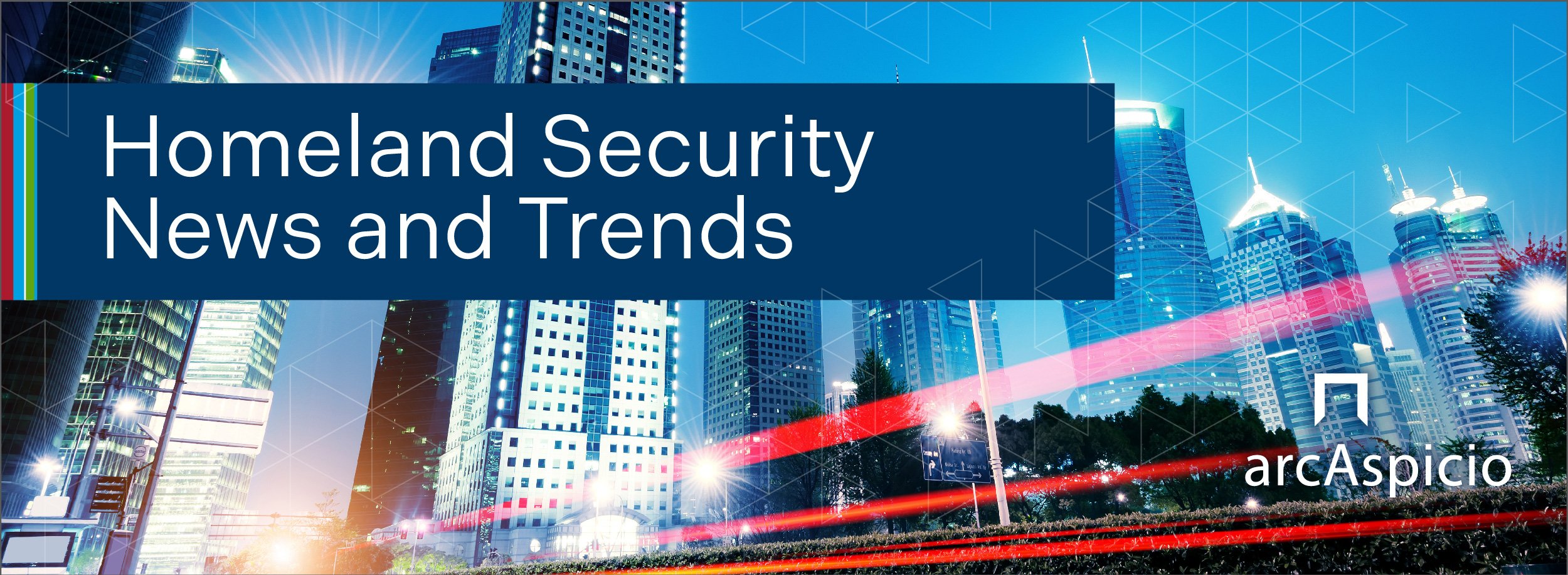
Enabling Adaptable Strategies for Uncertain Times – The SILab
Across Government, agencies are responding to new mandates, challenges, and priorities – and rarely do these shifts come with budget increases to match. 2017 will bring increased uncertainty. Depending on the outcome of the presidential election, strategic directions may shift a little, or a lot.
How can agencies maintain mission momentum and plan for the future – without wasted effort?
Change is expected, anticipated, and even healthy. When planning, leaders should keep a few things in mind so their strategy is resilient and adaptable to change:
Put the Mission First. Conditions on-the-ground and priorities can change, but agency mission-focus tends to be constant. Have clear traceability between your strategic initiatives and mission outcomes. This way, it's easy for employees and stakeholders to understand why your initiatives have value
Keep in Touch with Employees. Even a great strategy can fail when it comes to implementation. The people responsible for carrying out the strategy must understand its value, how it will achieve the mission, how they fit in, and what they need to do for success. On the flip side, leaders need to listen and be ready to adapt when their employees identify something that's not quite right
Set Up Repeatable Processes. Laying the groundwork for how to develop your strategy – who to engage and whether there are required timelines, identified dependencies, available metrics, etc. – can help quickly launch the strategic planning process after a leadership change
Test Innovations. Thinking about your operating environment through a new lens and trying to anticipate disrupters can reveal big capability gaps. This leads to ideas on how the agency could change. Encourage this thinking from your employees and leaders, and pilot good ideas. Innovations with potential can be teed up for your next strategy session or for incoming leadership to consider
Strategy is center at Arc Aspicio. Strong strategic planning and implementation is paramount to achieving mission success quickly and efficiently. This year, to better support our clients, we established our Strategy Innovation Lab (SILab) to design mission-focused and adaptable strategies.
The SILab is the in-house hub for our Strategy Method, tools, and people. These resources are continuously evolving, which is essential to our success. Our experienced team improves upon these resources based on their experience helping clients and drawing on new research and thinking in the field.
We've set up the SILab to incubate and test new ideas. It's a place where any Arc Aspicio consultant can go for advice on solving difficult client challenges, to receive mentoring, and to learn how to implement our Method and tools.
As our clients’ needs change, we change too – and our SILab helps us figure out how.






















